Everything in that room smelled as a certain “corruptive potential”. The information and answers provided to us seemed to be more an opening for a proposal – or a request – for bribe. We were not willing to be corrupted, but it was clear that our situation was quite delicate: if the permit was not issued that day, we would travel without it A quite offensive question: what tribe my Kenyan colleague belonged to. Frowns aside, such information here in Kenya still bears some influence in the daily interactions. After all, depending on who you are, things happen or not around here.
Apparently the officer was making an exception for us. He made a point of making it very clear that he was “facilitating” the process for us, “going around” the bureaucracy and doing us a favor. Fact: this could only be hints for money given on the side. Instead of taking the previously stated two weeks, we would have the documentation in just three hours. When it was time to receive the documents, the tension of being interrogated and forced to give some bribe was only in our disturbed minds. The process was totally clean (at least as far as we could understand it).
Another major challenge was to ask directions to Garissa, the closest city to Dadaab. Just because no one could understand how a muzungu like me would make the effort to take a bus in the Somali region of Nairobi to a totally far away city. Usually, the international agencies working in the region fly in small commercial airplanes, or they have their own vehicles. However, the residents squeeze in the narrow seats of a crowded bus, for a trip that lasts less than 6 hours.
We left the region of Eastleigh, the Somalia in Nairobi. It was amazing to observe the change in the population, less than 15 minutes away from the downtown area. Here, there was a large immigration of Somalis from Somalia and of the so called Kenyan Somalis, from the regions close to the border. A chaotic, muddy market, with moving burkas is the main scenario of this region. In the bus, reading of the Koran, Kefiahs and burkas fight for the narrow space and rearrange themselves in the bumpy road. For a few hours I had the delightful company of a bay to play with, handed to me by a burka, with no further explanations.
The road, lit only by a full moon, was slowly getting emptier and showing only the shadows of dry bushes From time to time, a camp of people living in the middle of nowhere. Huts made of twitched branches, covered by all types of material that could be found in the region, that is, almost nothing. A lost look would now and then find our bus, but in a few seconds we were just a memory.
It was already night when we finally arrived in Garissa. Our plan was to get there at lunch time, enjoy the transition city and rest, so we could travel the next day to Dadaab. We rented the first “room” that we were offered. A brief pause to introduce two characters: a tall, thin gentleman, wearing a kefiah, who did not speak a word of English but would please everybody with his laugh; and a very thin young fellow, with a few teeth in his mouth and whose English accent had been robbed from several interactions in the past.
I had fun with both. First, a theater of mime, smiles, laughs and faces to select a room, a price, and seal a quick friendship with the smiling Arab. Then, a stroll around the almost empty city in search for a Coca-Cola. Along with us, the fellow with no teeth took us to the city’s bar, while repeating the expression “absolutely”, with a mix of heavy British, Texan, Kenyan and Indian accents.
After buying our things (two Cokes and two cartons of milk) we were ready to rest and get our minds ready for the road to Dadaab. But we did not have a ride, UNHCR was not responding to any of our communications and we have not made arrangements for a place to sleep there (Dadaab is not exactly the capital of backpacking tourism). We decided that the next day we would stand in line for a ride.

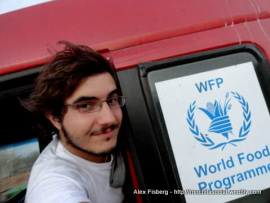
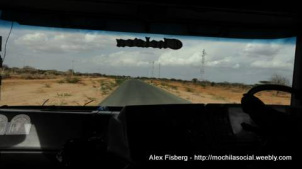
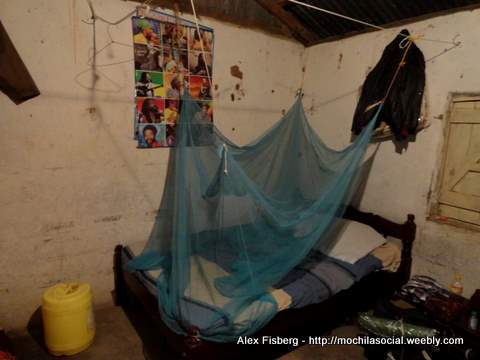
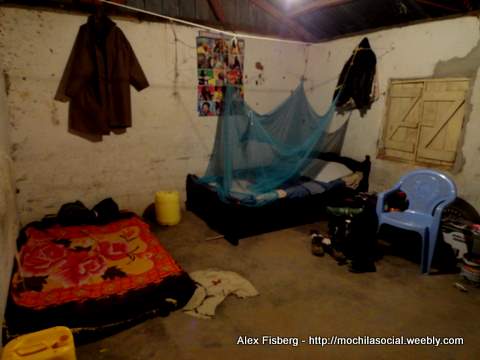
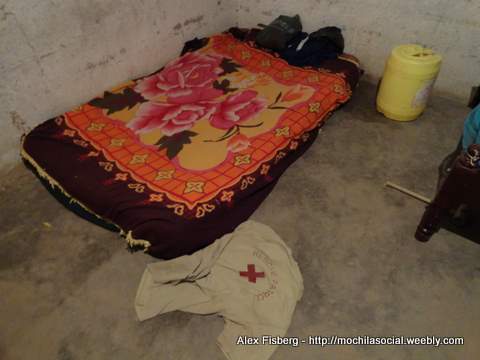
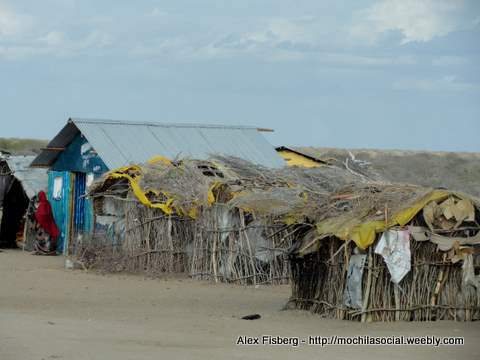

 RSS Feed
RSS Feed